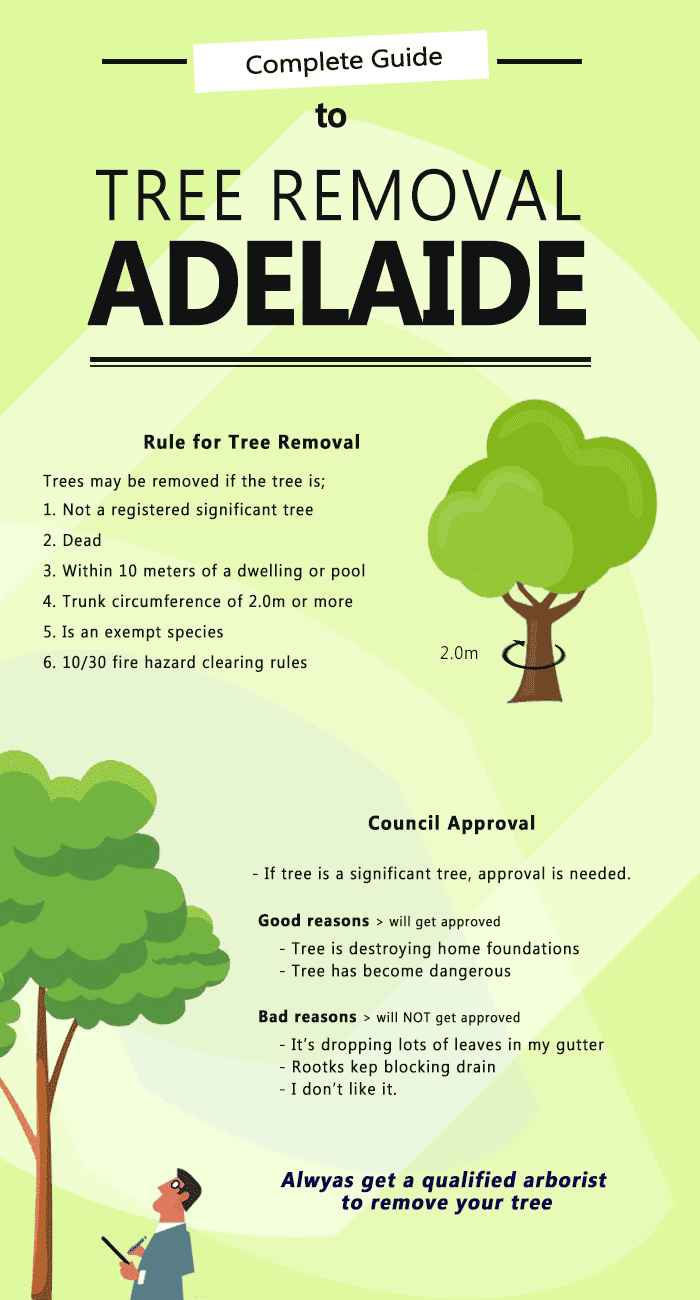Post-Tree Elimination Maintenance: Reliable Strategies For Landscape Remediation
Post-Tree Elimination Maintenance: Reliable Strategies For Landscape Remediation
Blog Article
Web Content Composed By-Wilcox Massey
After a tree's elimination, your landscape might look rather different, and it's necessary to assess the results thoroughly. You'll want to evaluate the dirt disturbance and check bordering plants for any indicators of tension. Ignoring these factors can result in bigger issues down the line. So, what should you do with those stumps and origins? And exactly how do you pick the very best plants for your revitalized room? Allow's discover these vital actions.
Evaluating the After-effects: Reviewing Your Landscape
After a tree removal, it's critical to examine your landscape to comprehend the influence it has on your backyard.
Start by analyzing the area where the tree stood. Search for signs of soil disturbance, and examine the surrounding plants for any type of stress or damage.
You should also make note of just how the removal has actually changed sunshine direct exposure and air flow in your yard. This shift can influence the development of neighboring plants, so it's vital to review their health.
Think about the aesthetic facets as well; the elimination could develop an open space that you can upgrade.
Ultimately, consider https://drive.google.com/file/d/1KZPAw7r0aNmuaFiJJDD9gmCTi_Tkpgkw/view?usp=share_link of possible disintegration issues that may arise from the tree's lack. Resolving these elements early will aid restore balance to your landscape.
Taking care of Stumps and Origins: Choices for Removal
Once you've assessed the results of the tree elimination, you'll likely need to deal with the stump and origins left behind.
You have a couple of choices for elimination. One effective approach is stump grinding, where a specialist makes use of a machine to grind the stump down to underground degree. This approach leaves minimal interruption to your landscape.
If you favor a DIY approach, you can use a combination of digging and chemical stump removers. Just remember, this process can require time and effort.
Conversely, think about leaving the stump as an all-natural attribute, which can act as an one-of-a-kind yard component or environment for wildlife.
Whatever you select, resolving the stump and origins is essential for recovering your landscape.
Selecting the Right Plants for Your New Space
As you assess your newly removed area, picking the right plants can considerably enhance your landscape's elegance and functionality.
Begin by considering the sunshine and soil problems. For warm locations, select drought-resistant plants like lavender or succulents. In shaded places, ferns and hostas thrive well.
Consider the size and development practices of your plants; mix perennials and annuals for seasonal selection. Don't forget to include native varieties; they need much less upkeep and support neighborhood wild animals.
Team plants in weird numbers for a much more natural appearance and create layers for aesthetic deepness.
Finally, guarantee you have a mix of shades and appearances to keep your landscape lively throughout the periods.
Happy growing!
Verdict
Finally, restoring your landscape after tree removal is a fulfilling procedure. By examining the results, dealing with stumps and origins, and picking the right plants, you'll produce a successful environment. Don't neglect to include erosion control actions to safeguard your dirt. With a little effort and treatment, you can change your space right into a vivid yard that enhances your property. Accept the opportunity to rejuvenate your landscape and appreciate the charm of nature right in your yard!
